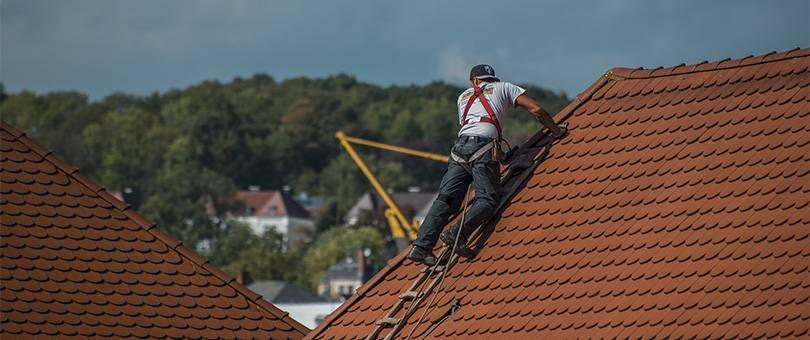A good roof in Baltimore will protect you and your home from the external environment – sun, rain or snow.
A smooth surface indicates a good roof. However, if you notice waves and ripples, then these are a sign of a buckling roof.
The primary reason why awnings get buckled is wrinkling or shifting of the wooden deck. Some other reasons for a buckling roof are wrong material, no spacers, or incorrect structuring.
So what causes buckling roofs? Let’s have a look.
What are the Causes of Buckling Roofs?
The movement of decking is because of the collection of moisture in the wood. This problem occurs in summers due to high humidity.
Here are a few causes of buckling roofs.
- Improper ventilation and tense atmosphere
- No spacers
- Material for roofing applied in the wrong direction
- Tar paper is the core material used for installation. Improper installation and application of tar paper to the plywood can create buckles.
#SDPTip
“The wood used should be of good quality. Make sure it’s not exposed to moisture before or after installation.”
The deck should have a spacing of 1/8′ space to allow the expansion and contraction of wood. The rule for placing a ridge vent is as follows:
- 1 sq ft/150 sq ft of the attic space
- If presence of vapor retarder, then it should be 1 sq ft/300 sq ft of the attic space
The placement of new roof material should be carried out only after the old one’s de-installation is complete.
Your roof can also be buckling if the wrong type of nails were used to connect the rafters to the sheathings.
It’s very common for the nails to slip out of the sheathing, which creates small but visible bumps on the surface of the roof.
So how do you solve the issue of buckling roofs? Let’s take a look.
What are the Solutions for Buckling Roofs?
Shingles are most affected due to improper installation of the tar paper. By removing them, the wrinkled tar paper can be easily repaired by cutting and reattaching it.
This makes it easier to replace the existing or new shingles on the roof.
After the new roof has been installed, excess moisture must be allowed to exit the roofing system. As soon as the roof dries, it should be flat again. This will ensure that the buckling will not return.
Vent the attic properly. Every 150 sq ft of floor space in your attic should have at least 1 sq ft of free vent area. Allow 50% ventilation at eaves and 50% on top of the roof.
How to Prevent Buckling of the Roof?
Buckling roofs can be prevented. Here are a few ways in which you can ensure that.
Use wood decking materials that are approved by roofing manufacturers and are at moisture equilibrium with the local environment.
Before you start with the installation, make sure to dry all decking materials. The same is true for after you’re done with complete installation of the roof.
Before applying the shingles on top, use an asphalt-saturated felt shingle underlayment to cover the decking materials.
Take into consideration the manufacturer’s recommendations for ventilation requirements. Sometimes you may have to add exhaust fans to adequately ventilate the attic space in order to remove the built up moisture.
Contact a reliable roofing contractor near you once you observe any buckled shingles on your roof. During the spring and summer months, your home may need extreme cooling, putting extra stress on your air conditioning units.
Call a professional and qualified roofing company to install and repair your shingled roof. Make sure they use highest-quality roofing materials to ensure that you will not have any problems in the future.


